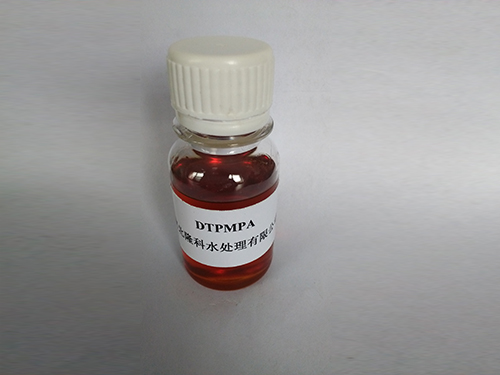Understanding the Processes of Coagulation and Flocculation in Water Treatment Systems
Coagulation and Flocculation Essential Processes in Water Treatment
Water treatment is a crucial aspect of modern society, ensuring that we have safe and clean water for consumption and other uses. Among the various processes employed for water purification, coagulation and flocculation stand out as essential techniques in removing impurities from water. These processes not only enhance water quality but also support a sustainable environment by effectively managing wastewater.
Coagulation is the initial step in the water treatment process, wherein chemicals known as coagulants are added to the water. These coagulants, such as aluminum sulfate or iron(III) chloride, serve to destabilize the finely dispersed particles present in the water. When water contains suspended solids like dirt, organic matter, and microorganisms, these particles typically carry negative charges that repel each other. This repulsion prevents them from clumping together and settling out of the water.
Coagulation and Flocculation Essential Processes in Water Treatment
Following coagulation, the next step is flocculation. This process involves the gentle mixing of the water to encourage the formation of larger aggregates known as flocs. During flocculation, the microflocs created in the coagulation phase collide and bond together to form increasingly larger and heavier flocs. Flocculation is typically accomplished by slow stirring, which promotes the growth of these larger aggregates without breaking them apart.
coagulation flocculation

Flocculation can be influenced by various factors such as mixing time, speed, and the presence of polymers that may be added to enhance the process. The goal of flocculation is to produce flocs that can be easily removed from the water during subsequent treatment stages, such as sedimentation or filtration. Effective flocculation is critical as it increases the efficiency of these downstream processes, leading to clearer and cleaner water.
After flocculation, the water undergoes sedimentation, where the larger flocs settle to the bottom of the treatment tank due to gravity. This process can take several hours, during which the solid waste settles out, leaving behind clearer water. The settled solids, called sludge, are typically removed for further processing or disposal. The clarified water then proceeds to additional treatment stages, such as filtration and disinfection, before being distributed for public use.
Coagulation and flocculation are not only vital for drinking water treatment but are also widely employed in wastewater management. Industries often implement these processes to treat industrial effluents and remove contaminants before releasing the treated water back into the environment or reusing it for other purposes. This contributes to the conservation of water resources and aids in reducing the impact of industrial activities on ecosystems.
In conclusion, coagulation and flocculation are fundamental processes in the realm of water treatment, playing a pivotal role in ensuring public health and environmental sustainability. By effectively removing suspended solids and contaminants from water, these processes contribute to the provision of safe drinking water and the successful treatment of wastewater. As the demand for clean and safe water continues to rise with increasing population and industrial activities, the importance of these processes cannot be overstated. Innovations and advancements in coagulation and flocculation methods will be crucial in addressing future challenges in the water treatment sector.
-
Pbtc Scale InhibitorPBTC: A Scale Protector for Industrial Water TreatmentNewsAug.05,2025
-
Organic Phosphonate: An Efficient Defender in the Field of Scale InhibitionNewsAug.05,2025
-
Hydrolyzed Polymaleic Anhydride: Green Pioneer in Scale Inhibition FieldNewsAug.05,2025
-
PAPEMP Polyamino Polyether Methylene Phosphonic Acid For SaleNewsAug.05,2025
-
Flocculant Water Treatment: A Pioneer in Purification in the Field of Water TreatmentNewsAug.05,2025
-
Benzyl Isothiazolinone: An Efficient and Broad-Spectrum Antibacterial Protective GuardNewsAug.05,2025





